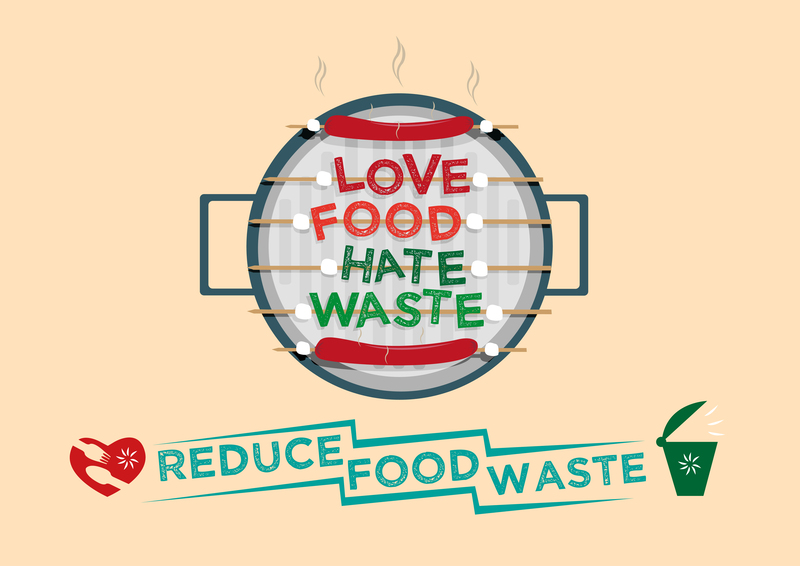Unveiling the Key Elements of Glass Recycling
In today's environmentally conscious world, glass recycling has become a crucial component of sustainable practices. It not only conserves natural resources but also reduces landfill waste and energy consumption. This article delves into the essential aspects of glass recycling, providing a comprehensive understanding of the process and its benefits.
Understanding the Importance of Glass Recycling
As a material, glass boasts a unique ability to be recycled repeatedly without losing its quality or purity. This characteristic underscores the significance of developing efficient glass recycling systems. By recycling glass, we can:
- Save energy: Producing new glass products from recycled materials uses considerably less energy compared to manufacturing from raw materials.
- Reduce CO2 emissions: Recycling glass helps in lowering greenhouse gas emissions, as less energy consumption translates to lesser carbon footprint.
- Conserve natural resources: Utilizing recycled glass lessens the demand for raw materials like sand, soda ash, and limestone.
- Decrease landfill waste: Instead of glass ending up in landfills, it can be recycled and transformed into new products, thereby helping manage waste more effectively.
The Glass Recycling Process
Recycling glass involves a series of systematic steps to ensure the material's purity and quality when reused. Here's a breakdown of the key stages in the glass recycling process:
1. Collection and Transportation
The journey of glass recycling begins with the collection of waste glass from curbside recycling programs, deposit return programs, and other industrial sources. These collected glass items are then transported to recycling facilities for further processing.
2. Sorting and Cleaning
Sorting involves separating glass by color (usually clear, green, and brown) as mixed colored glass can reduce the value and usability of recycled glass. Cleaning involves removing impurities like paper labels, adhesives, and non-glass materials to enhance the purity and quality of the recycled product.
3. Crushing and Screening
Once sorted and cleaned, the glass is crushed into small pieces known as cullet. The cullet is then screened to remove any remaining impurities, ensuring that only clean, high-quality material is used in the next stages of recycling.
4. Melting and Reformation
The clean cullet is melted down in high-temperature furnaces, forming a molten glass substance. This substance can be reformulated into a wide array of new glass products such as bottles, jars, and fiberglass, thereby completing the recycling loop.

The Environmental Benefits of Glass Recycling
1. Energy Savings and Emission Reduction
Recycling glass is known to be an energy-efficient process. By using recycled glass, manufacturers reduce the need for raw materials, which in turn reduces the fossil fuel energy required to process those raw materials into glass products. This energy saving coupled with fewer carbon emissions contributes significantly to environmental conservation efforts.
2. Preservation of Natural Resources
By recycling glass, the natural resources associated with the creation of new glass, such as silica sand, soda ash, and limestone, are preserved. This reduction in the extraction of these raw materials eases the strain on the environment and promotes a healthier ecological balance.
3. Reduction of Landfill Usage
The recycling of glass reduces the volume that ends up in landfills, thus prolonging the lifespan of these landfill sites. With less need to expand landfills, we can mitigate the environmental degradation associated with continually creating new landfill sites.

Challenges in Glass Recycling
Despite the numerous benefits, glass recycling also faces several challenges that need addressing to improve efficiency and effectiveness:
1. Contamination Issues
One of the key challenges in glass recycling is the issue of contamination. Impurity levels are particularly a concern in mixed recycling streams where glass is co-mingled with other materials, leading to contamination and reduced recycling rates.
2. Financial Viability
Another challenge is the financial aspect of recycling glass. The cost of collecting, sorting, and recycling glass can at times exceed the revenue generated from selling recycled material. Efficient and cost-effective recycling systems need to be established to tackle this financial imbalance.
3. Market Demand
While the demand for recycled glass exists, fluctuations in market demand can affect the viability of glass recycling programs. Advancing technology that provides innovative uses for recycled glass could help stabilize market demand.
The Future of Glass Recycling
The importance of glass recycling is set to grow as global environmental awareness and sustainability efforts increase. Embracing technological advancements and innovative recycling methods will enhance recycling efficiency, making it a more attractive operational model. As communities and industries collaborate, the glass recycling landscape will undoubtedly experience positive growth.
Conclusion
In conclusion, unraveling the critical elements of glass recycling allows us to understand its invaluable contribution to both the environment and industry. By increasing the efficiency of glass recycling processes and overcoming existing challenges, society can enjoy the numerous benefits offered by this sustainable practice. As stewards of the planet, recognizing the importance of glass recycling is a step towards a more sustainable future.


